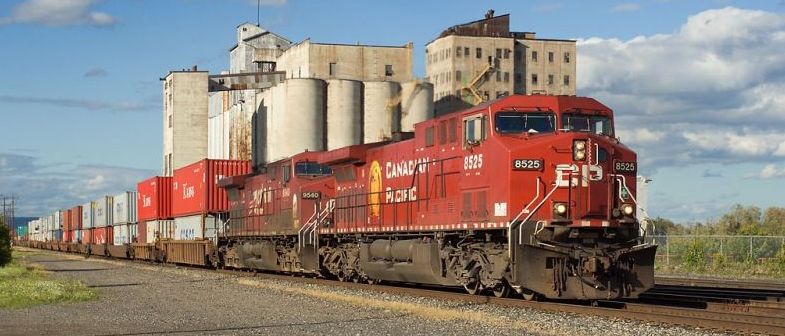
Train Addiction Help Line: 1.866.840.7777
Jun 16, 2022 - O Scale
MTH - O Scale - Premier 35 ft. Woodsided Caboose

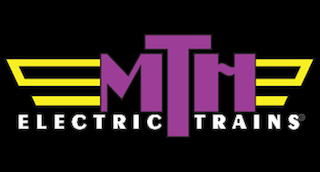

Deart O Scale Customers,
MTH has new Woodsided Cabooses!
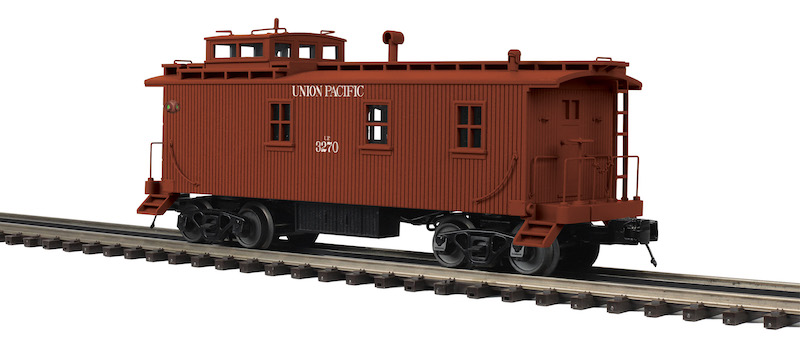
Before railroads, “caboose” referred to a small cookhouse on the deck of a sailing ship. Nobody knows for sure, but it was likely the 1850s before the first railroad caboose gave a train crew shelter from the weather. The Civil War era marked the emergence of boxcar-like cabin cars or conductor’s cars with side and perhaps end doors, windows, a heating and cooking stove, bunks, and roof lanterns to mark the end of the train.

But management often resisted providing creature comforts to crews, and it would be well into the 1870s before cabooses were widespread on American trains. While the cupola, known then as a “lookout” or “observatory,” first appeared during the Civil War era, flat-roofed cabooses outnumbered cabin cars with cupolas as late as the 1880s. By the turn of the century, however, the cupola caboose had attained its final shape, one it would keep until cabooses became extinct in the 1980s.
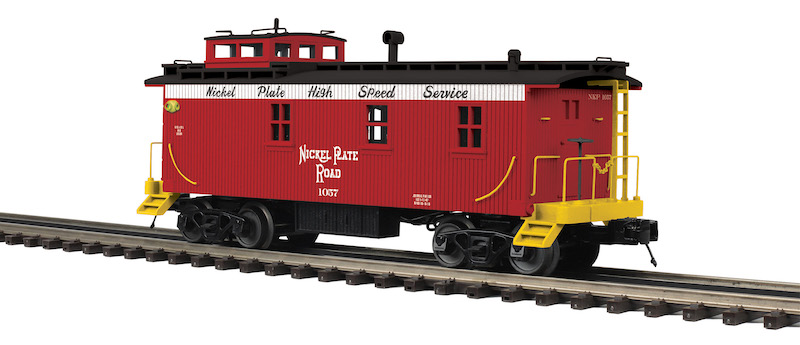
What did change significantly in the early 20th century was the solidity of caboose construction. As with many changes in railroad equipment, it was instigated in part by legislators. The end of a train was a particularly dangerous place to be, and numerous wooden cabooses were crushed by rear-end collisions or simply the brute force of the large pusher locomotives then coming into use. State legislators took note — no doubt prompted by constituents who worked for railroads — and began to demand stronger caboose construction. One example was a 1913 Ohio law mandating steel underframes on cabooses used in pusher service. Since many northeastern railroads ran through Ohio, this law had a widespread effect.
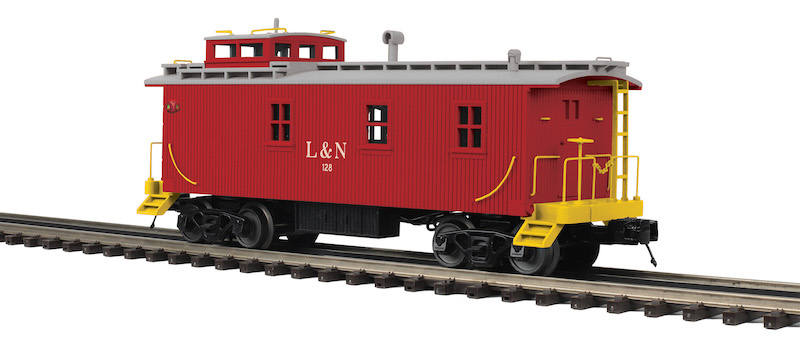
The Premier model represents a typical woodsided, steel underframe caboose built in the early 20th century. While new construction generally switched to all-steel by the 1920s, older wood cabooses with steel underframes were still seen on American railroads into the 1960s.
- Intricately Detailed Durable ABS Body
- Detailed Interior
- Metal Wheels and Axles
- Die-Cast 2-Wheel Trucks
- Operating Die-Cast Metal Couplers
- Colorful, Attractive Paint Schemes
- Fast-Angle Wheel Sets
- Needle-Point Axles
- Near-Scale Proportions
- Operating Interior Lighting
- Brakeman Figure
- Unit Measures: 10 1/16” x 2 13/16” x 2 1/16”
- Operates On O-31 Curves
Want More MTH O Scale Rolling Stock? Click Here!
Order Due Date: July 31, 2022
Anticipated Delivery Date: February 2023










